- All Flags
- Flags of Countries by Continent
-
Flags of Organizations
- Flags of UN countries
- Flags of the European Union countries
- Flags of NATO countries
- Flags of the countries of the Organization of Islamic Cooperation
- Flags of the countries of the Organization of American States
- Flags of the Arab League countries
- Flags of the African Union countries
- Flags of the countries of the Union of South American Nations
- Flags of the Commonwealth of Nations
- Flags of the countries of the Secretariat of the Pacific Community
- Flags of the Nordic Council countries
- Flags of the Caribbean Community
- Flags of the countries of the Association of Southeast Asian Nations
- Flags of the East African Community
- Flags of the countries of the Organization of Turkic States
- LGBT Community Flags
- Historical Flags
- Ethnic Flags
- Flags of the USA (states)
Flag of Spain
The national flag of Spain, often referred to as La Rojigualda (the Red-and-Gold), is a vivid and potent symbol that encapsulates the rich, complex, and enduring history of a nation defined by diverse cultures, powerful empires, and a deep-seated sense of identity. Its striking design features three horizontal stripes: red on the top, a wider yello..
Flag of Sweden
The national flag of Sweden, a symbol of profound historical depth and enduring national identity, features a striking design: a yellow Nordic cross on a blue field. This iconic emblem, known formally as the Swedish Flag, is far more than a mere national ensign; it embodies centuries of history, cultural heritage, and the fundamental values cherish..
Flag of Switzerland
The national flag of Switzerland is renowned globally for its distinctive square shape and striking simplicity: a bold, white, equilateral cross centered on a vibrant red field. This unique design sets it apart from almost all other national flags, with only the Vatican City flag sharing its square proportions. The flag is not merely a piece of clo..
Flag of the Aland Islands
The flag of the Åland Islands features a blue field with a yellow Scandinavian cross. Inside this yellow cross is a smaller red cross. The official dimensions of the flag are established: its height-to-length ratio is 17:26. The width of the blue fields at the corners of the flag is 6 units, the width of the yellow cross is 5 units, and the w..
Flag of the Czech Republic
The national flag of the Czech Republic, a prominent symbol of statehood and national identity, is a striking design featuring two horizontal stripes of white over red, with a blue isosceles triangle extending from the hoist side to the center of the flag. This tri-color composition, while seemingly simple, is rich in historical significance and sy..
Flag of the Faroe Islands
The flag of the Faroe Islands, known as "Merkið," meaning "The Banner" in Faroese, is not merely a national symbol but a powerful expression of the unique identity, rich history, and aspiration for self-determination of this archipelago in the North Atlantic. It embodies the spirit of freedom, a deep connection to the sea, and a Christian herit..
Flag of the four provinces of Ireland
The Flag of the Four Provinces of Ireland is not an official state flag of the Republic of Ireland, nor is it formally recognized by the United Kingdom as a flag for Northern Ireland. Instead, it is a deeply significant and widely recognized cultural, historical, and sporting emblem that represents the entire island of Ireland. It is composed of th..
Flag of the Holy Roman Empire
Unlike modern states, the Holy Roman Empire (HRE), which existed for over a thousand years (approximately 800/962 to 1806 AD), did not possess a single "national flag" in the sense we commonly understand. Its symbolism evolved organically, reflecting its complex structure, imperial succession, and the constantly changing political landscape. The pr..
Flag of the Isle of Man
The flag of the Isle of Man is one of the most unique and historically significant symbols in the world, distinctive for its unusual design. It features a bright red field with a central depiction of a triskelion (also known as a triskele) – three armoured legs, bent at the knee and joined at a central point, with golden spurs. This symbol, k..
Flag of the Kingdom of Prussia 1892-1918
The flag of the Kingdom of Prussia, in use from 1892 until the end of the monarchy in 1918, stands as a profound symbol of a state that fundamentally shaped German and European history. It encapsulates the militaristic spirit, monarchical pride, and historical continuity of Prussia, a kingdom renowned for its discipline, administrative efficiency, ..
Flag of the Netherlands
The national flag of the Netherlands is a profound symbol of the nation's rich history, its enduring spirit of independence, and its pivotal role in shaping global commerce and maritime exploration. This iconic tricolor, consisting of three horizontal stripes of equal width – red (top), white (middle), and blue (bottom) – is not only one of the old..
Flag of the Order of Malta
The flag of the Sovereign Military Order of Hospitallers of Saint John of Jerusalem, of Rhodes and of Malta, more commonly known as the Order of Malta, is one of the oldest and most unique symbols in the world. It is not merely the flag of a state in the traditional sense, but the banner of a sovereign subject of international law, which has no ter..
Flag of the Russian Federation
The Flag of the Russian Federation is a tricolor flag consisting of three equal horizontal fields: white on the top, blue in the middle, and red on the bottom. Adopted on August 22, 1991, it is one of the most recognizable symbols of Russia. The colors of the flag are often interpreted symbolically: White is said to represent nobility and fra..
Flag of the Vatican
The flag of Vatican City, also known as the Papal Flag, is one of the most unique national flags in the world, not only for its distinctive square shape but also for its profound religious and historical symbolism. It serves as the official emblem of the Vatican City State, the smallest independent state in the world, and the Holy See, the ecclesia..
Flag of Ukraine
The flag of Ukraine, a captivating symbol of its long and often challenging history, is a bicolor banner of two equally sized horizontal bands: a serene blue above a vibrant yellow. This powerful combination speaks volumes about the Ukrainian spirit, its connection to the land, and its unwavering pursuit of freedom and self-determination. Dimensio..
Flag of Ukraine with Coat of Arms
The flag of Ukraine, a captivating symbol of its long and often challenging history, is a bicolor banner of two equally sized horizontal bands: a serene blue above a vibrant yellow. While the most commonly seen and officially recognized flag is this simple bicolor, the state flag often incorporates the Tryzub (Trident), the national coat of arms, a..
Flag of Ulster
The provincial flag of Ulster, one of the four traditional provinces of Ireland, is a profoundly significant and often debated heraldic emblem, rich in centuries of history, conflict, and distinct cultural identity. Unlike the national flag of the Republic of Ireland, which represents the modern sovereign state, or the current flag of Northern Irel..
Flag of United Kingdom of Great Britain and Northern Ireland (Union Jack)
The Union Flag, commonly known as the Union Jack, is the national flag of the United Kingdom of Great Britain and Northern Ireland. It is a highly distinctive and globally recognized design, a superimposition of the flags of three constituent countries of the United Kingdom: England (St. George's Cross), Scotland (St. Andrew's Cross), and Northern ..
Flag of Wales
The flag of Wales, known as Y Ddraig Goch (Welsh: "The Red Dragon") or simply The Red Dragon, is one of the most recognizable and ancient national symbols. It embodies a rich history, mythology, and the resilience of the Welsh people, being a distinctive feature of their identity for centuries. Description and Elements of Y Ddraig Goch The flag o..
Flag White Red White
The white-red-white flag stands as one of the most recognizable and historically significant symbols for many Belarusians, embodying a long and complex journey towards national self-identification and sovereignty. It serves as a powerful reminder of periods of independence, national revival, and the struggle for democratic values, becoming an integ..
St. Patrick's Flag
The Flag of Saint Patrick, often referred to as Saint Patrick's Saltire or Saint Patrick's Cross, is one of Ireland's most recognizable, yet debated, symbols. This flag features a red diagonal cross (saltire) on a white background. In heraldry, it is blazoned as "Argent, a saltire gules." Its history and meaning are deeply intertwined with the figu..

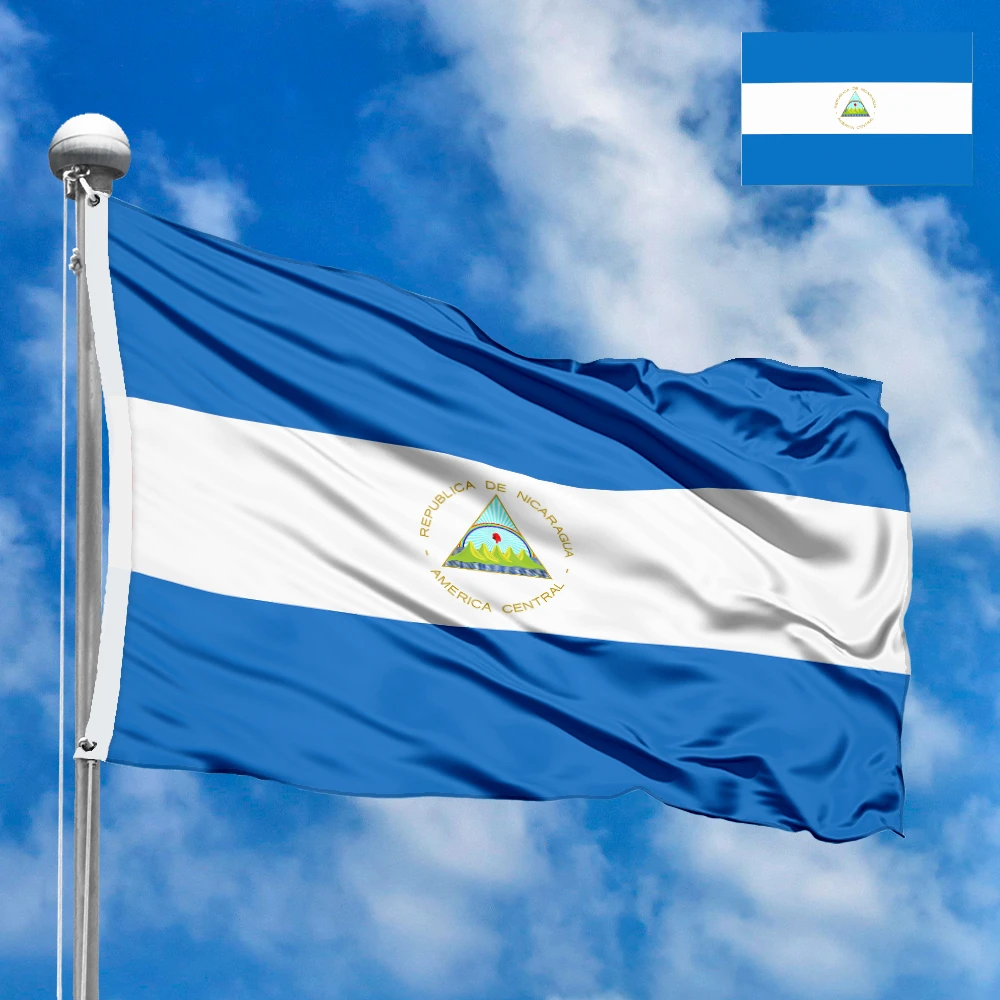
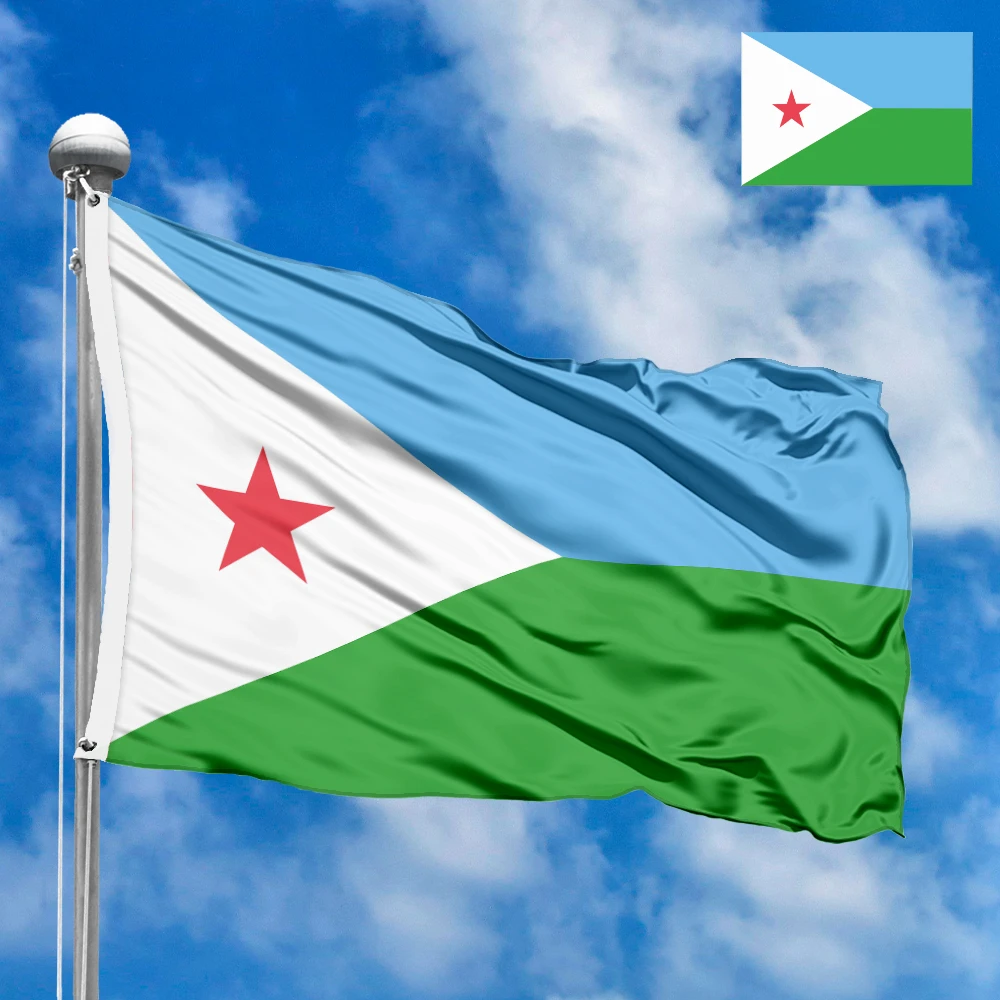
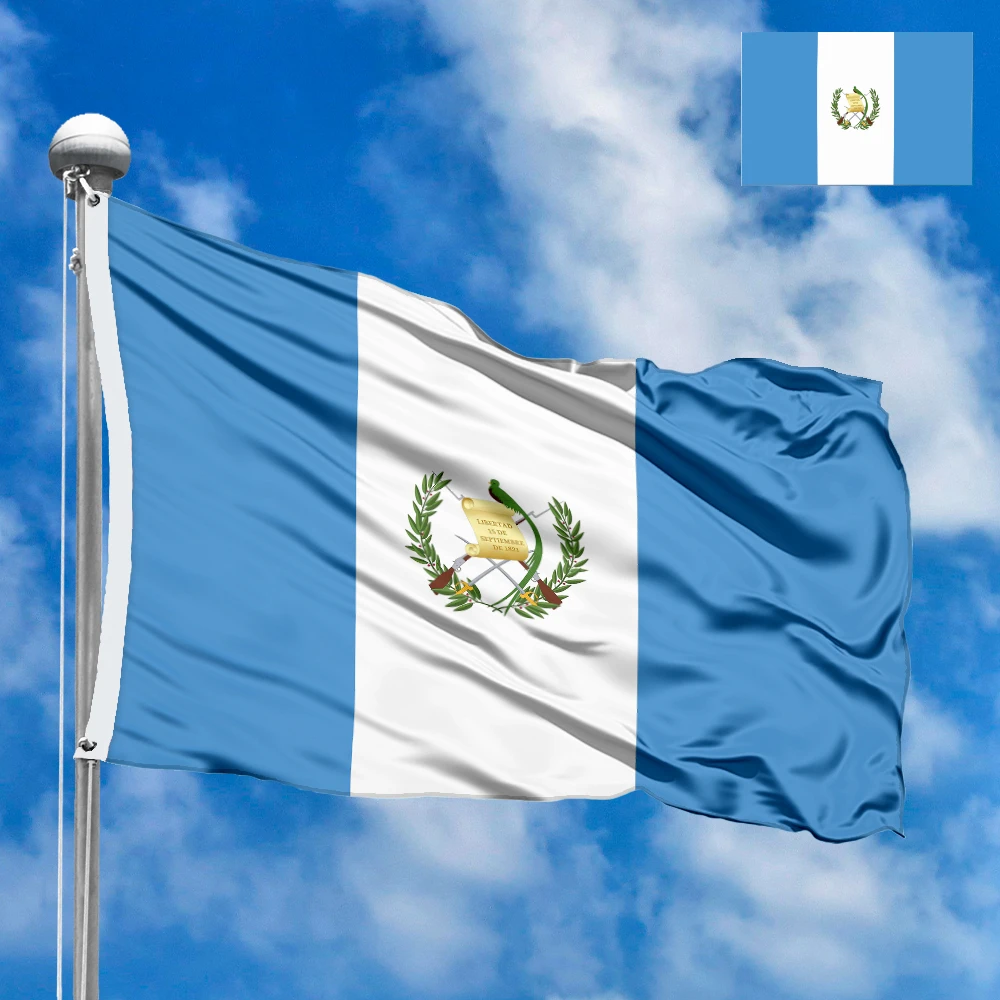






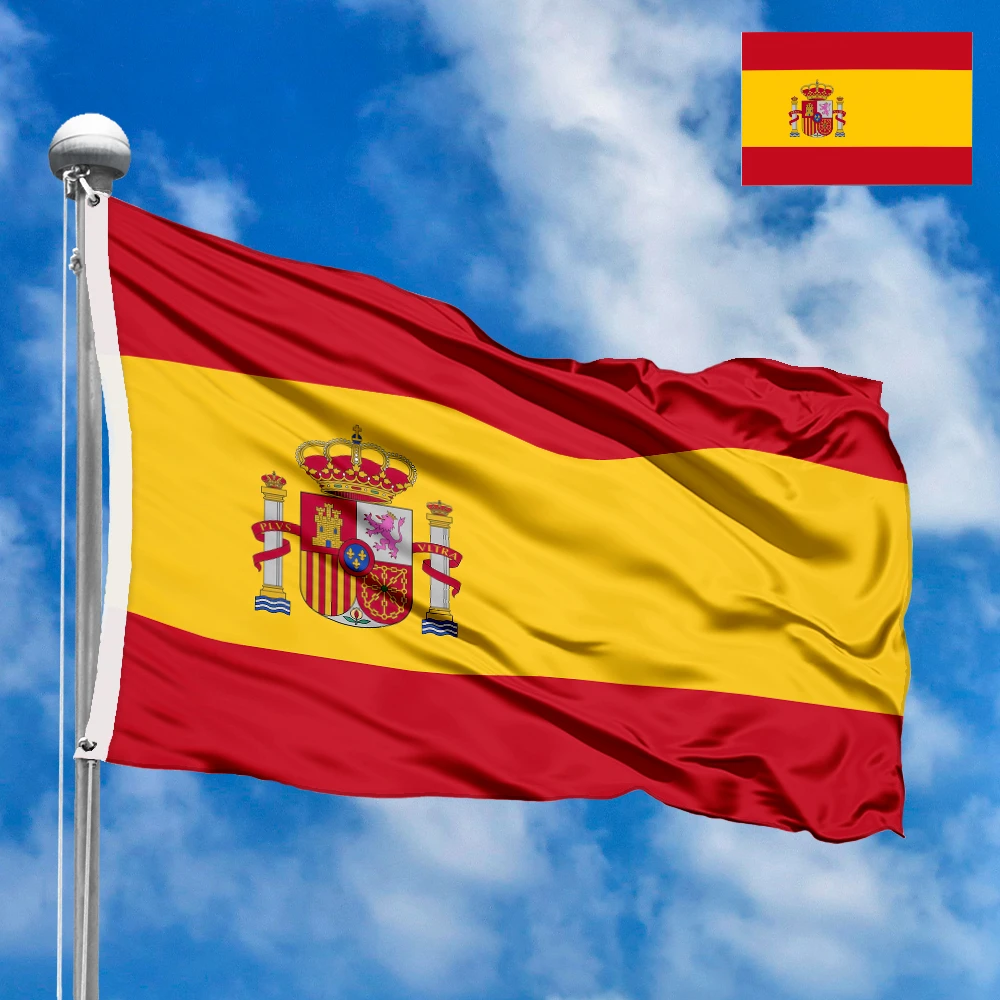



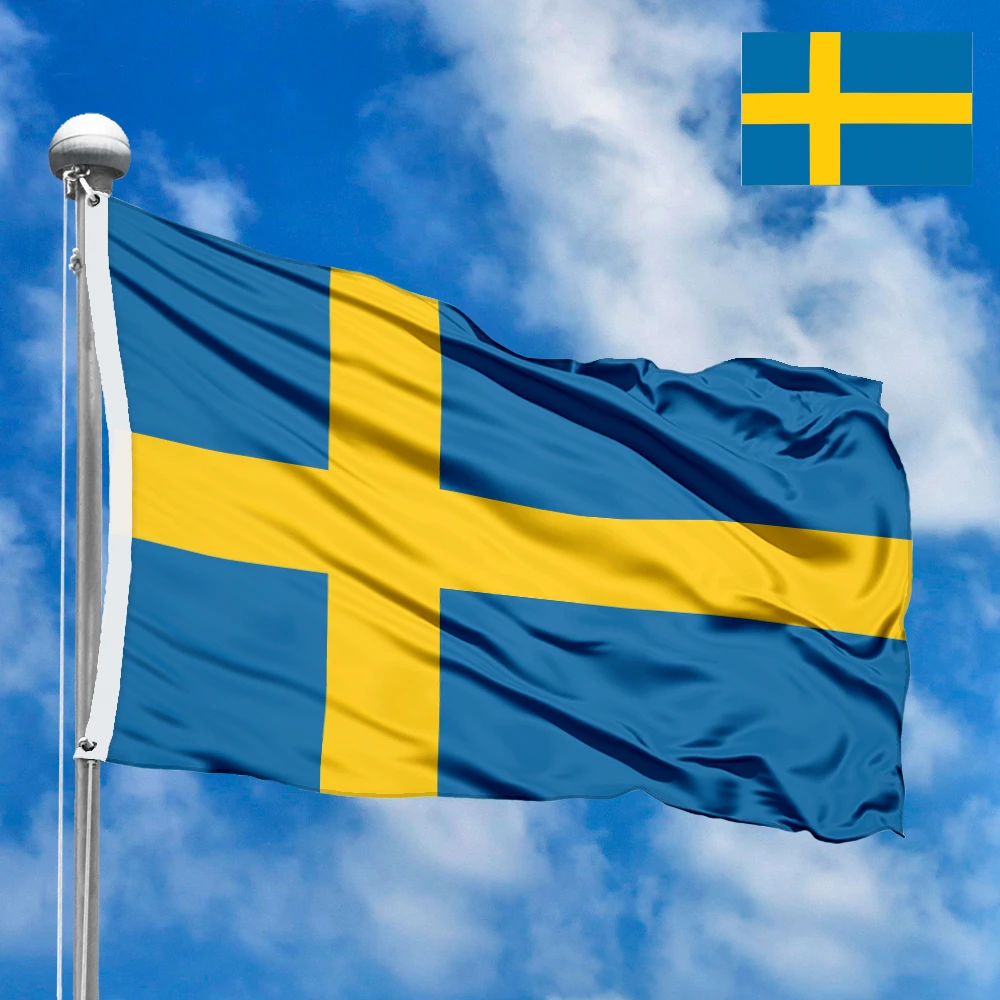






























































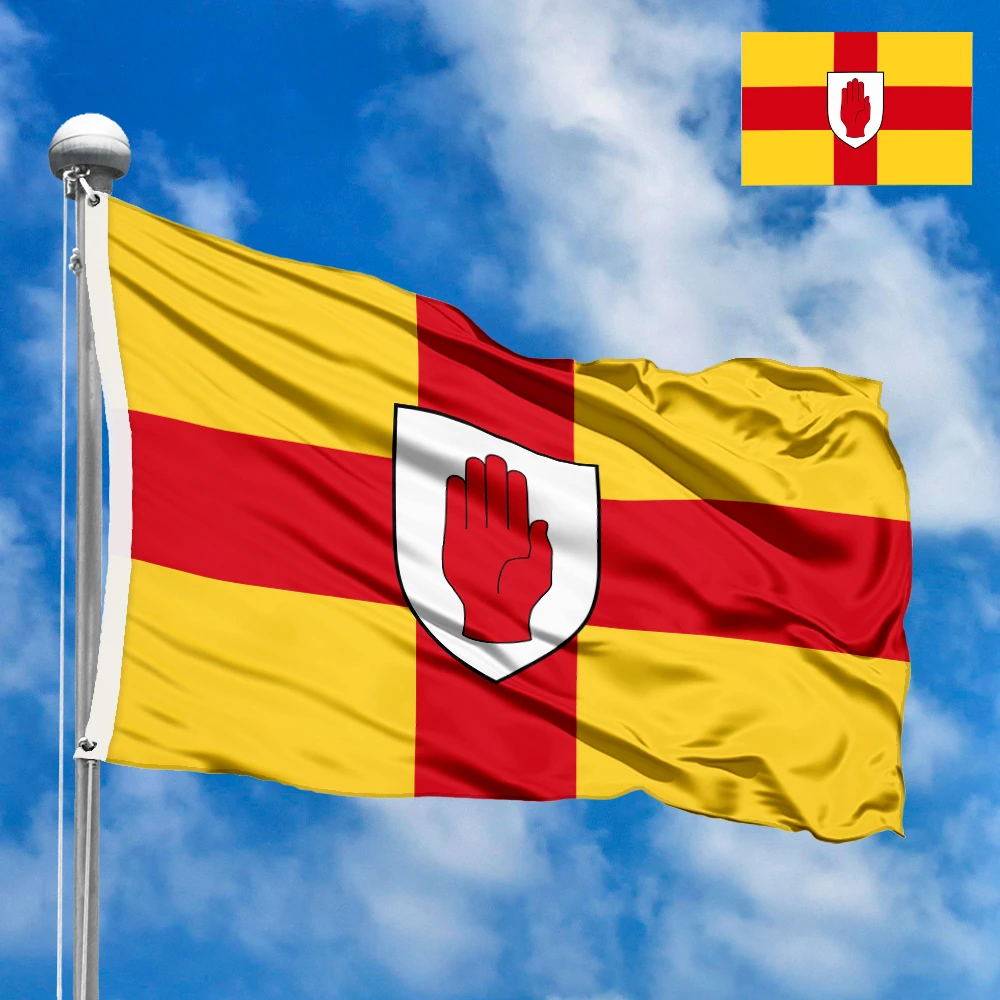







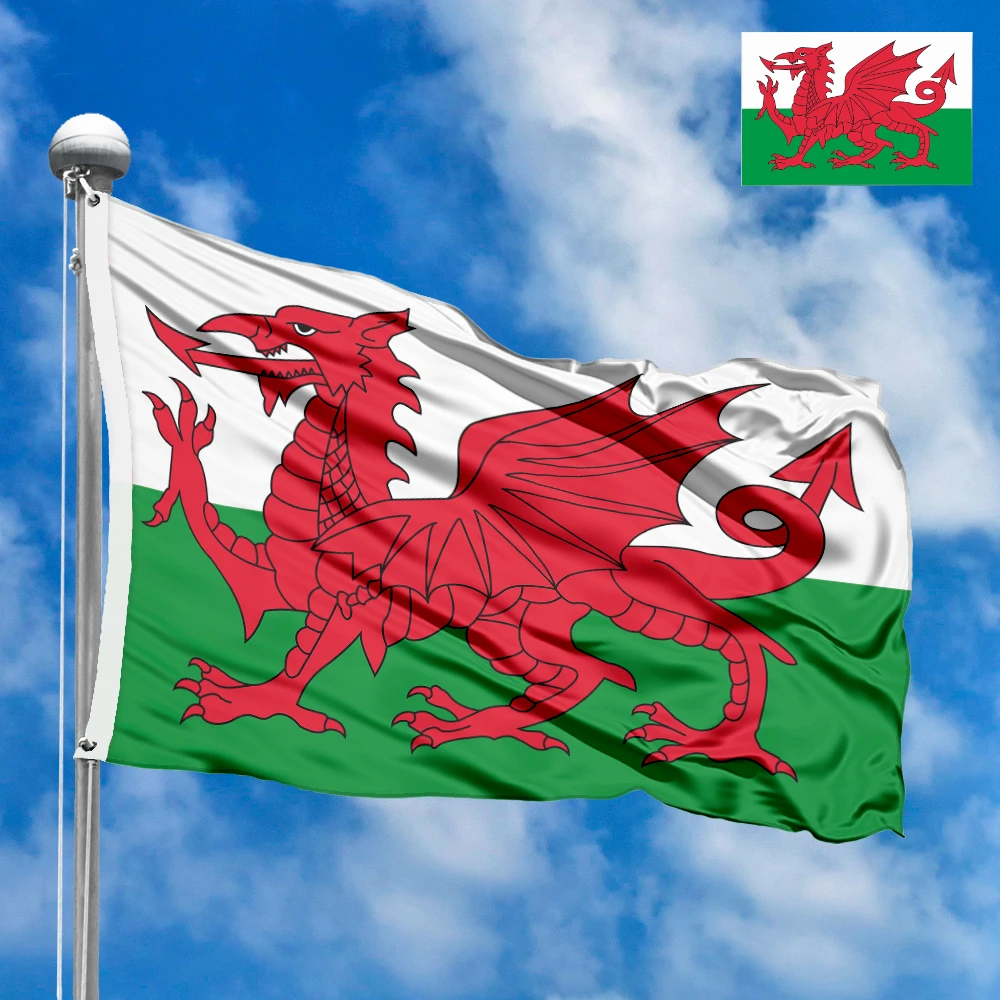








 Flags of Europe
Flags of Europe Flags of Asia
Flags of Asia Flags of Africa
Flags of Africa Flags of North America
Flags of North America Flags of South America
Flags of South America Flags of Australia and Oceania
Flags of Australia and Oceania Flags of Antarctica
Flags of Antarctica Flags of International Organizations
Flags of International Organizations LGBT Community Flags
LGBT Community Flags Historical Flags
Historical Flags Flags of the US States
Flags of the US States Ethnic flags
Ethnic flags